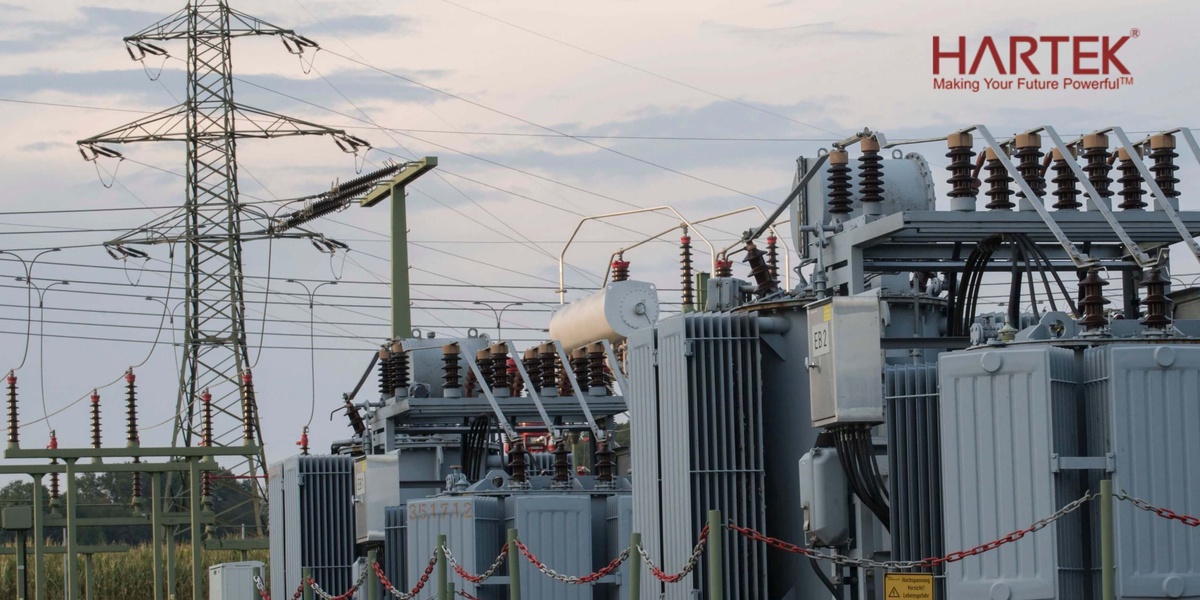India stands at a pivotal moment in its energy transition journey. With a burgeoning population and rapidly growing economy, the demand for electricity is soaring. However, this growth comes with significant environmental challenges, particularly concerning carbon emissions and climate change. In response, the nation is embarking on a transformative path towards grid decarbonisation, aiming to achieve a sustainable energy future. This blog explores the strategies, challenges, and opportunities associated with grid decarbonisation in India, focusing on key concepts such as renewable energy integration, carbon-neutral power grids, decentralized energy generation, and the pursuit of a net-zero emissions grid.
Grid Decarbonisation in India
India's commitment to grid decarbonisation is evident through various policy initiatives and targets. The government has set ambitious goals for renewable energy deployment, aiming to achieve 175 GW of renewable energy capacity by 2022 and 450 GW by 2030. This shift towards renewables is crucial for reducing the carbon footprint of the electricity sector and mitigating the impacts of climate change.
Renewable Energy Integration
Renewable energy integration plays a central role in India's grid decarbonisation efforts. Solar and wind power are the primary sources of renewable energy in the country, with significant potential for expansion. However, integrating these variable energy sources into the grid poses technical and operational challenges. Advanced grid management techniques, such as demand response, energy storage, and grid-scale batteries, are essential for ensuring the stability and reliability of the grid while maximizing the utilization of renewable energy resources.
Carbon-Neutral Power Grid
A carbon-neutral power grid is the ultimate goal of grid decarbonisation in India. This involves minimizing carbon emissions associated with electricity generation and achieving a balance between emissions and removals. Transitioning to low-carbon energy sources, such as solar, wind, hydro, and nuclear power, is critical for achieving carbon neutrality. Additionally, implementing carbon capture and storage (CCS) technologies can help capture and sequester emissions from fossil fuel-based power plants, further reducing the carbon intensity of the grid.
Sustainable Energy
Sustainability lies at the heart of India's grid decarbonisation agenda. Beyond mitigating climate change, the transition to sustainable energy systems encompasses social, economic, and environmental dimensions. Sustainable energy practices prioritize energy access, affordability, and equity, ensuring that the benefits of decarbonisation are distributed equitably across society. Moreover, sustainable energy solutions promote resource efficiency, minimize environmental impacts, and foster resilience to climate change-induced disruptions.
Decentralized Energy Generation
Decentralized energy generation is a key strategy for enhancing the resilience and reliability of India's electricity grid. By diversifying the sources of energy production and fostering local energy generation, decentralized systems reduce dependence on centralized power plants and transmission infrastructure. Distributed energy resources, such as rooftop solar panels, small-scale wind turbines, and microgrids, empower communities to generate their own electricity and contribute to grid stability during emergencies.
Renewable Energy Grid Integration
Efficient integration of renewable energy options into the grid is essential for maximizing the benefits of clean energy while ensuring grid stability. Advanced grid technologies, such as smart grids, digital controls, and predictive analytics, enable real-time monitoring and optimization of renewable energy assets. Moreover, grid-connected storage solutions, such as batteries and pumped hydro storage, facilitate the storage and dispatch of excess renewable energy, balancing supply and demand on the grid.
Net-Zero Emissions Grid
Achieving a net-zero emissions grid requires a holistic approach that encompasses not only the electricity sector but also other sectors such as transportation, industry, and buildings. Electrification of transportation, for example, can reduce reliance on fossil fuels and contribute to decarbonising the grid. Similarly, energy efficiency measures in buildings and industrial processes can reduce energy demand and lower emissions. By integrating these efforts across sectors and leveraging synergies between decarbonisation strategies, India can accelerate its transition towards a net-zero emissions future.
Conclusion
Grid decarbonisation requires coordinated action from policymakers, utilities, industry stakeholders, and civil society. In India, the transition towards a sustainable energy future is well underway, driven by ambitious renewable energy targets, innovative technologies, and growing public awareness of the urgency of climate action. By embracing renewable energy integration, fostering decentralized energy generation, and pursuing a net-zero emissions grid, India can lead the way towards a cleaner, greener, and more resilient energy system for future generations.


No comments yet